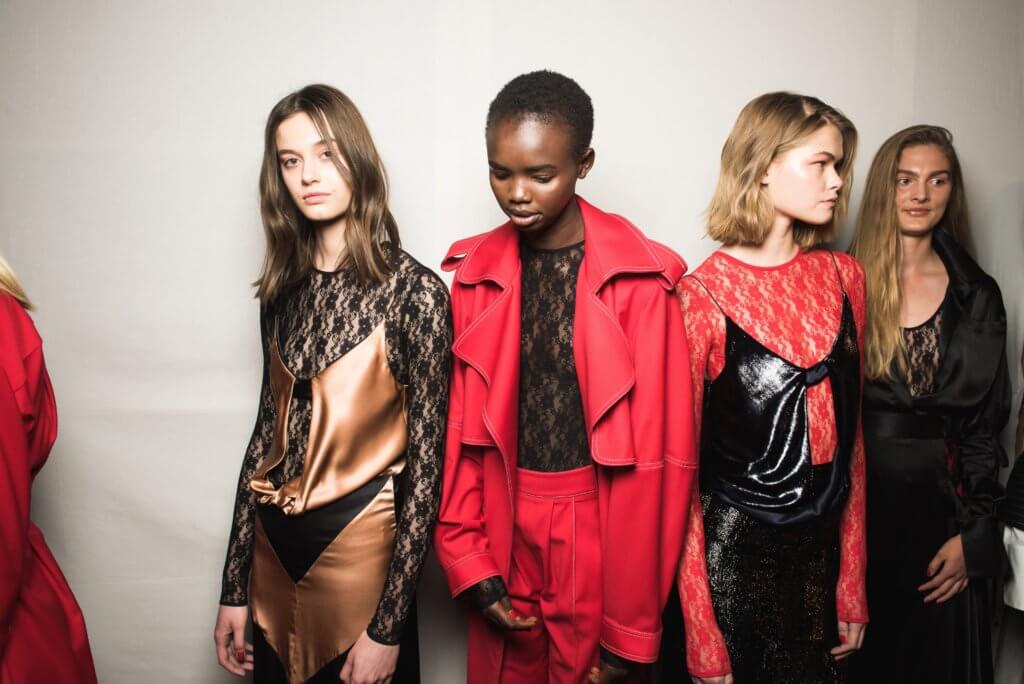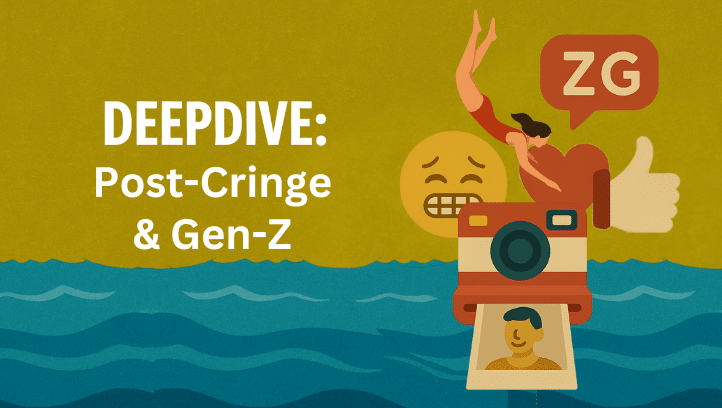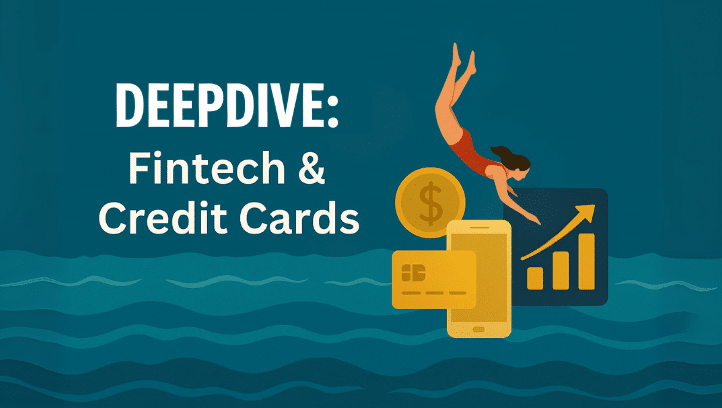While events like New York Fashion Week, London Fashion Week, and Paris Fashion Week have soldiered on this Fall, it’s been in a radically different form. Social distancing requirements have turned runway shows from gatherings that influencers travel halfway around the world for; to largely audienceless shows, which can only be viewed on social media. To help fashion marketers navigate this new normal, here are 5 social media insights about the audience reaction to fashion week events during the pandemic.
Insight #1. Social Media Is Paying Less Attention To Fashion Weeks Right Now
Between the audience no longer having in-person events they need a new outfit for and the fashion industry no longer able to safely stage a runway show where they jam as many celebrities, influencers, buyers, and reporters into a small room as possible, there’s been significantly less social media interest in fashion week shows this Fall. For instance, there were only 15,467 Tweets mentioning New York Fashion Week between September 13-17, 2020, down -95% from the 316,304 Tweets that mentioned the event last year between September 6-14, 2019.
AN ODE TO OUR FOUNDER 🙏🏻🖤 pic.twitter.com/d040WMa2f1
— KENZO (@kenzo) October 4, 2020
When the social media audience is talking about Fashion right now, it’s often for non- clothing related reasons. For example during Paris Fashion Week, Kenzo had a ListenFirst Interest Score of 67,549, meaning they had more Wikipedia page views and Twitter handle and hashtag mentions between Sep 28 – Oct 6, 2020 than any other presenting brand. However, rather than that interest being a reaction to the dramatic beekeeper look the brand debuted, it was a reaction to Kenzo founder Kenzo Takada dying of Covid-19 at age 81 during Paris Fashion Week.
Insight #2. Rather Than Leveling The Playing Field, Digital First Runway Shows Are Helping Big Brands
In theory, runway shows being scaled back into being primarily virtual only events without celebrity filled audiences should benefit smaller brands, as the runway show becomes more about the fashion and less about the event around the fashion. The reality however is that big brands have still found ways to present differentiated production value. For instance, big brands have enough resources that they can still in some cases present a social distanced in person runway show. Louis Vuitton had the most successful video of the Fashion Week Shows ListenFirst tracked this Fall, receiving 2,791,772 video views on YouTube for the presentation of their Spring-Summer 2021 Collection at La Samaritaine. Given that space is huge, the audience could safely show up in-person and celebrities like Alicia Vikander, Venus Williams, Lea Seydoux were in attendance.
Big brands don’t even need the celebrities to appear in person to showcase star power. For example, the Balmain SS21 Paris runway show, which generated 788,444 video views on YouTube, didn’t have an in-person audience, but set up video screens instead, so you could still see celebrities like Usher, Jennifer Lopez, and Kris Jenner react to the new collection. Rather than big brands and small brands being on equal footing in presenting their collections as digital shorts, it’s more analogous to an indy movie trying to compete in movie theaters when a tentpole superhero movie is being released.
Insight #3. There’s More Space For Emerging Designers To Stand Out
Even with big brands making the biggest splash around Fall Fashion weeks overall, the fact that there are less fashion week events going on, means there’s more space on social media for designers who are just starting out to make a name for themselves. The Fashion East show is a great example of that trend, as they hold a showcase at London Fashion Week for emerging talent. At last year’s London Fashion Week event between September 13-17, 2019; no presenting designer was mentioned in more than 36 Tweets. However this year around Fashion East’s London Fashion Week show, looking at September 17-22, 2020, there were 276 Tweets mentioning emerging designer Nensi Dojaka with 195 Tweets mentioning rising star Maximilian Davis. Fashion fans on Twitter were impressed by Nensi Dojaka’s dresses while Maximilian Davis’ focus on “black elegance” generated a lot of positive notices on social media.
Insight #4. With Online Only Fashion Shows, Brands Are Rewarded For Experimenting More
No longer constrained by needing to create a runway show that can accommodate a large in-person audience; many brands had success with fashion week content more ambitious than traditional runway footage. For example Moschino generated 267,902 video views on YouTube around their Milan Fashion Week runway show where all of the models and audience members were replaced with miniature string puppets.
Meanwhile Balenciaga and Burberry both had success turning the outside world into a runway. Balenciaga received 368,249 video views for a YouTube video showing their Summer 21 Pre-collection where models explored the Paris city streets alone at night in sunglasses; while Burberry received 21,815 YouTube video views for a horror film like clip showing their Spring/Summer collection, where models walked single file in the woods before gathering together for a ceremony meant to symbolize regeneration.
Insight #5. TikTok Has Become An Important Platform In Promoting Fashion
While there may have been less Twitter acitivey around fashion weeks this Fall, on TikTok Fall fashion content was only ramping up. TikTok launched a TikTok Fashion Month initiative this year, where they began live streaming shows from popular designers and created new related creative effects. The promotion was a huge success, with there being 3.2 billion views on TIkTok of the hashtag #tiktokfashionmonth while Louis Vuitton posts from Paris Fashion Week have generated as much as 4.8 million video views on TikTok. For fashion brands looking to connect with Generation Z, TikTok has become an important communication tool.
Want more help understanding fashion industry trends on social media? Request a ListenFirst demo today!



